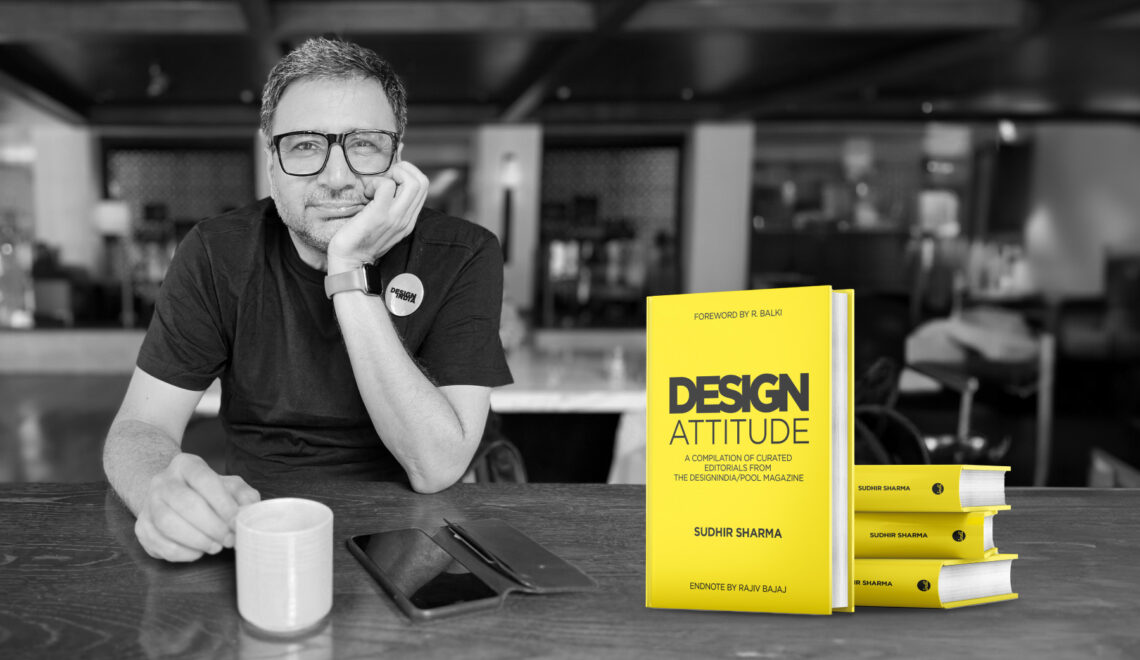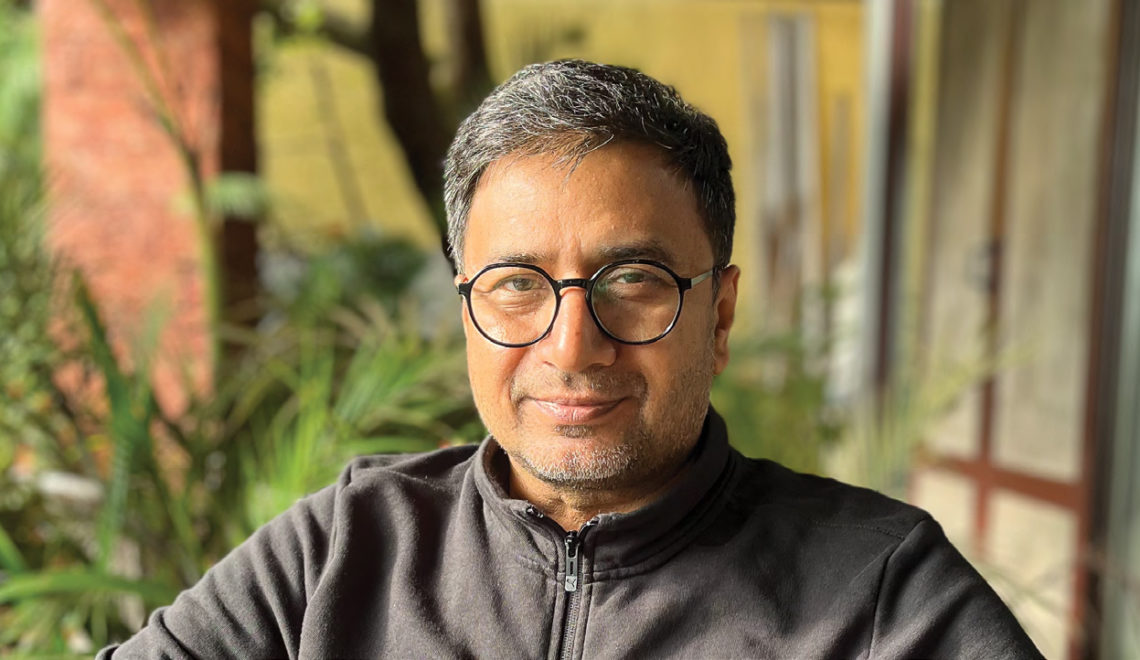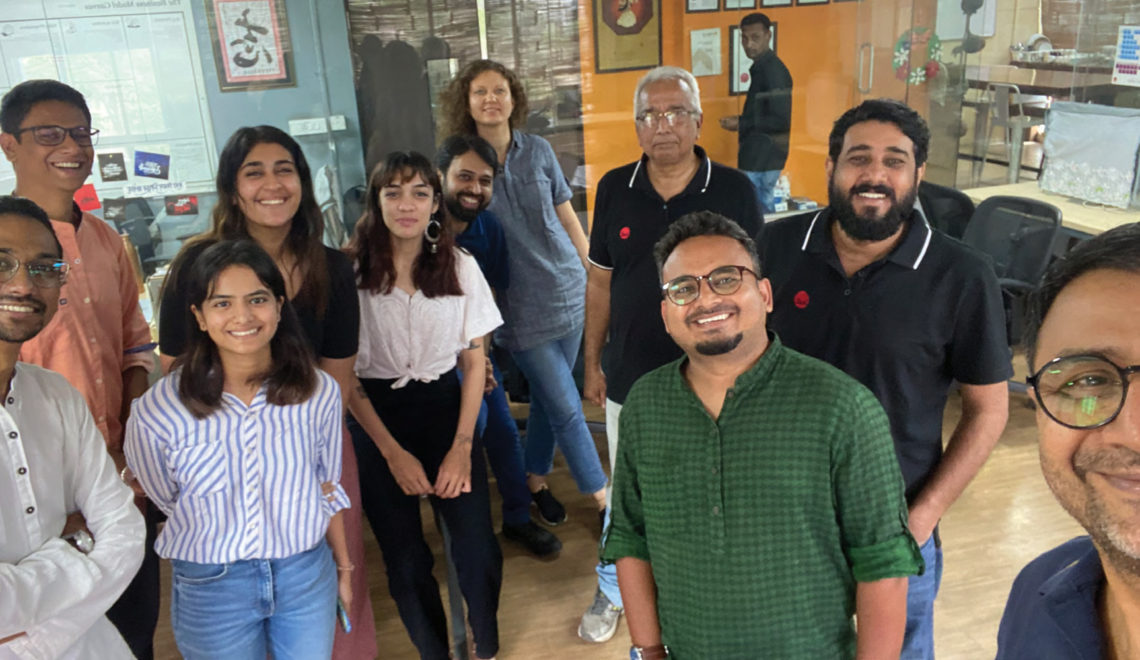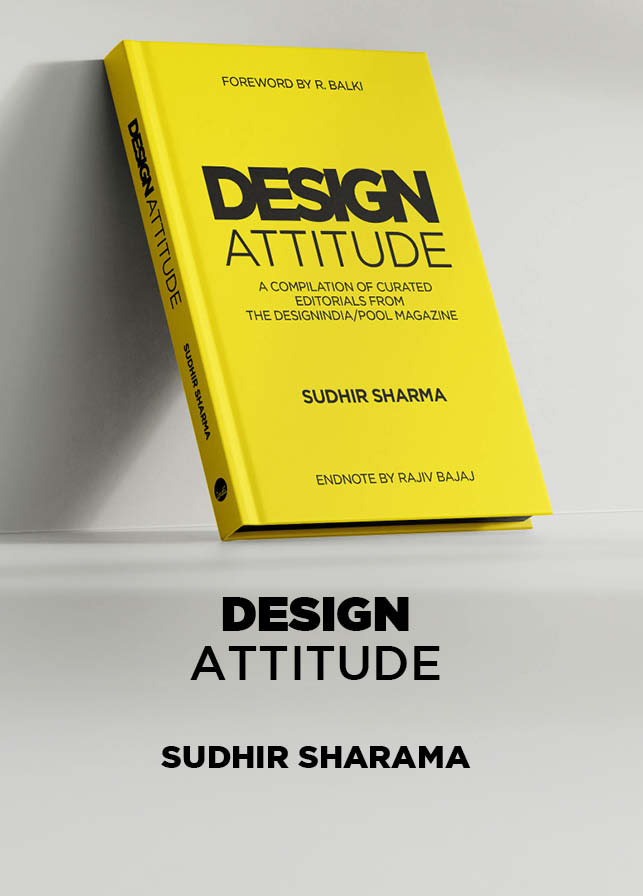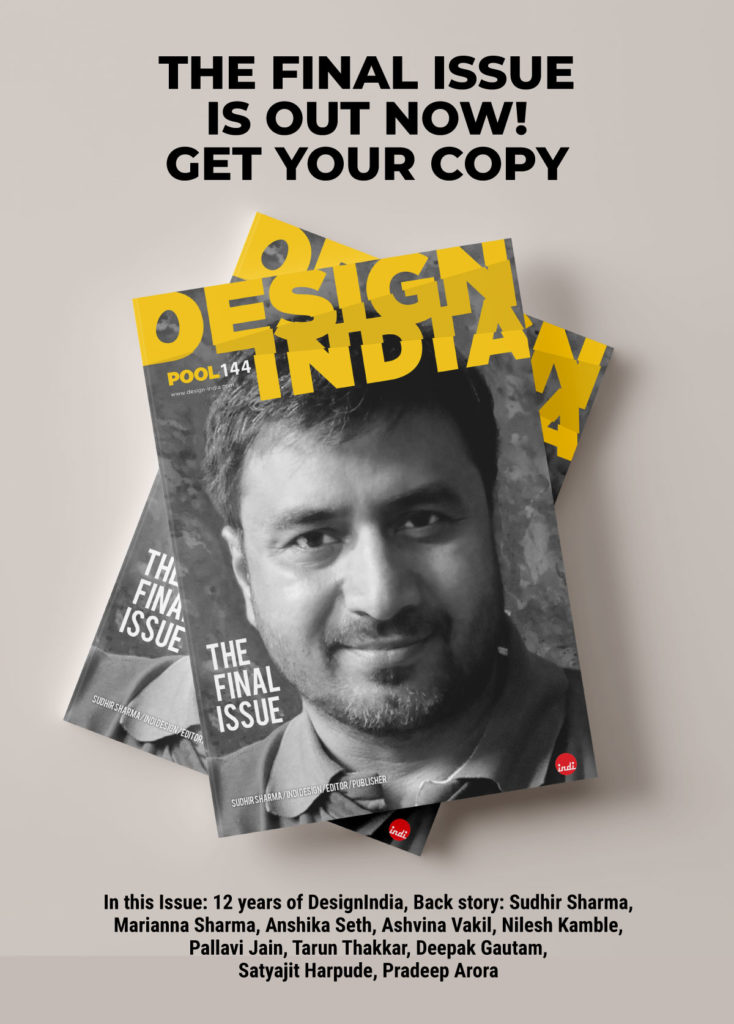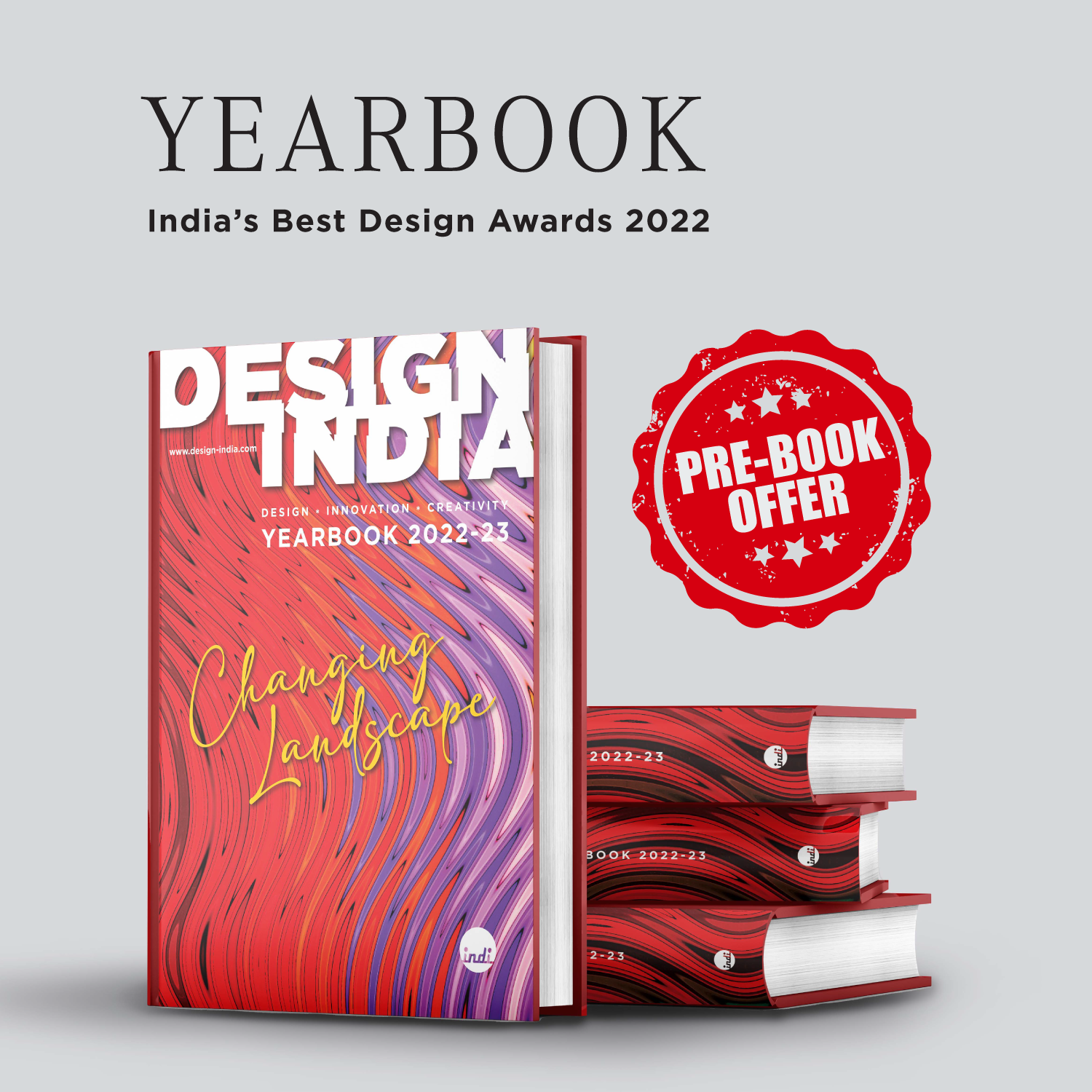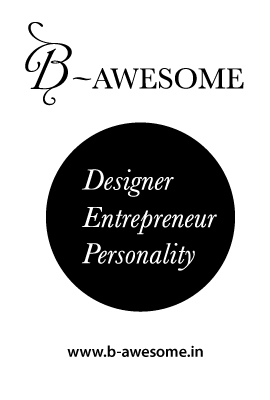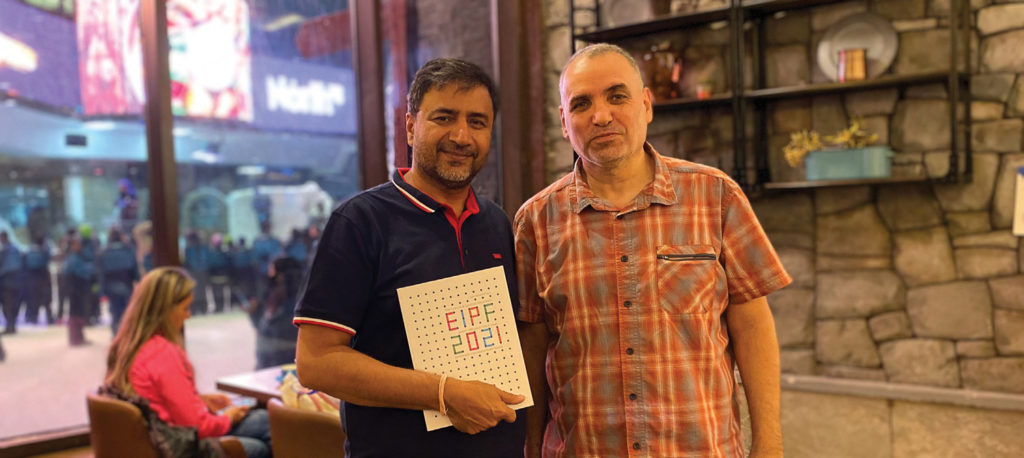
I am a designer. I run a design practice, with a great team of designers of many types and ages. We publish this magazine, host awards, and hold an annual event for professional designers. Over the years we have been featuring inspiring journeys of designers from many domains, and invariably those articles also highlighted some stellar work that the designers had done. This work served to inspire others and mold the narrative of the design profession in the country.
I often feel like a journalist witnessing this immense talent at the individual level and getting a sense of what is happening to the field and practice of design and designers. At Designindia, we have published over 2,000 in-depth Indian design journeys of this nature.
In the very recent history of design in India, the UX domain employs the most significant number of young designers. As a result, more and more design schools encourage students to take up Interaction Design (particularly UX), and designers usually find jobs easily and are paid outstanding salaries. Most of these jobs are at software companies or various internet-enabled businesses. Almost all of them operate in highly competitive international markets with stringent non-disclosure agreements.
This is posing a huge issue for us at the magazine. We interview very experienced and accomplished designers, who have spent years at these companies and are very well read and traveled. However, they do not have anything to share in terms of work, or case studies. Their main identity as designer has become the title they have at the company, and the brand of the company itself. The accomplishments they are willing, or able, to talk about are the generic blogs they have written, theories they have evolved, lectures and speeches they have given… but no body of work that can be claimed or presented.
This poses an even bigger issue at the education level. There is no work to get inspired by, no case studies to cherish and understand. When you see a whole generation in this mode you realize that design talk in the next generation will not be about fascinating, inspiring, world changing, creative work, but stories of personal growth and corporate movements.
I know so many people I would like to feature in the magazine, but it’s a similar story for all of them at some level. This is an issue that academicians need to think about. The designer has changed but how do we document the growth and story of this new designer?
Sudhir Sharma, Editor-in-Chief
Subscribe to Designindia Magazine to get your print copy monthly. Read digital version of Designindia 142 on Magzter, AppStore or Google Play!

